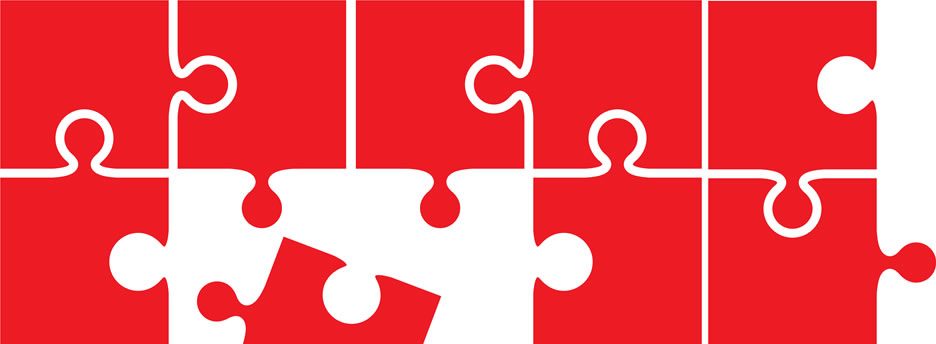As I’ve discussed before, microlearning is an approach to training that delivers content to learners in small, targeted bursts. The learners choose their path and pace through the content.
When a learning organization begins to incorporate a microlearning strategy into its overall training curriculum, it’s safe to start with five-minute Storyline modules or brief videos. They’re just the beginning, though; you can choose from many more micro options:
- Interactive slider
“How Do You Want the World to be When You Retire?” is a compelling example of a before-and-after slider showing two alternate realities. - Vine video
I’ve seen numerous six-second Vine videos that teach a skill, including these two examples from Lowe’s Home Improvement. - Web app
Web apps typically target specific browsers, rather than devices. Super Sync Sports is a web app Chrome Experiment that syncs your mobile device to your computer.. - Animated illustration
Use tools like Tumult Hype and Adobe Edge to tell a story with animation and illustrations as in this intuitive Solar System example. - Banner ad
The lines between learning and marketing have blurred. Consider designing an educational banner ad that appears on your organization’s Facebook page, intranet, or in HTML5-formatted emails. This example does an excellent job of expressing what it feels like to have emphysema. - Flashcard emulator
Digital flashcards are designed for on-the-go studying. Quizlet is a leading education app that allows learners to create their own flashcards or choose from those created by others on thousands of subjects. Xyleme also contains a responsive flashcard interaction that includes learn, practice, and test modes. - Social quiz
Duolingo and Cognibloom are two platforms that use social quizzing as the method of instruction. Duolingo helps learners study a new language for free while simultaneously crowd-sourcing the translation to the Internet. Cognibloom hosts professional quizzes by experts for career development. - Interactive infographic
Interactive infographics are a great way to share data that informs a perspective on an issue. Check out http://futureofcarsharing.com/ as an example. - Game
Educational microlearning games can yield great results and be fun, too. Two of my favorite examples are Spent and Collapse. - Puzzle
Collaborative learning can take place in short bursts of downtime. Everyone at PT has the opportunity to add their answers to partially-completed crossword puzzles while they wait for the microwave and coffee-maker in the communal kitchen. Group collaboration is an excellent way to solve problems or create something new. Try posting a real-world, complex engineering or innovation challenge on the refrigerator or kitchen counter. The more challenging the puzzle, the better.
Now it’s time to create your own micro smoothies—mix-and-match various styles, throw in some different formats, and blend a personalized experience for your learners. I’ll see you next time with ten more microlearning formats you can put to work right away.
Go to part II of this article.








